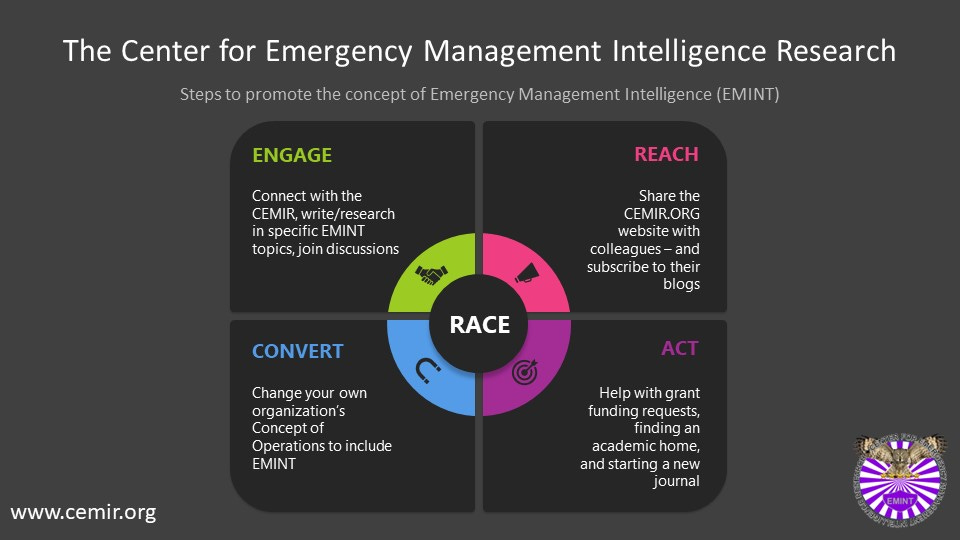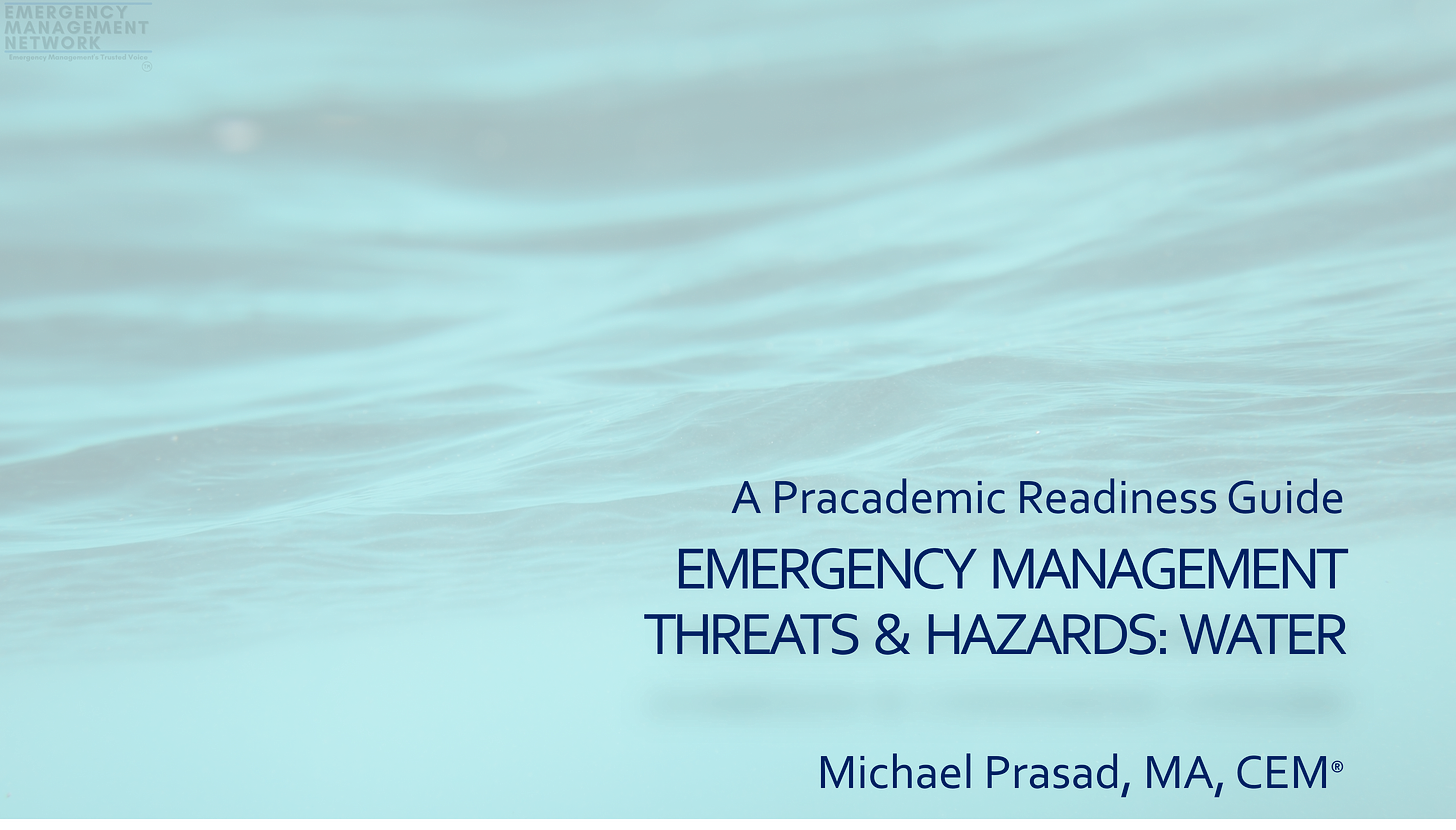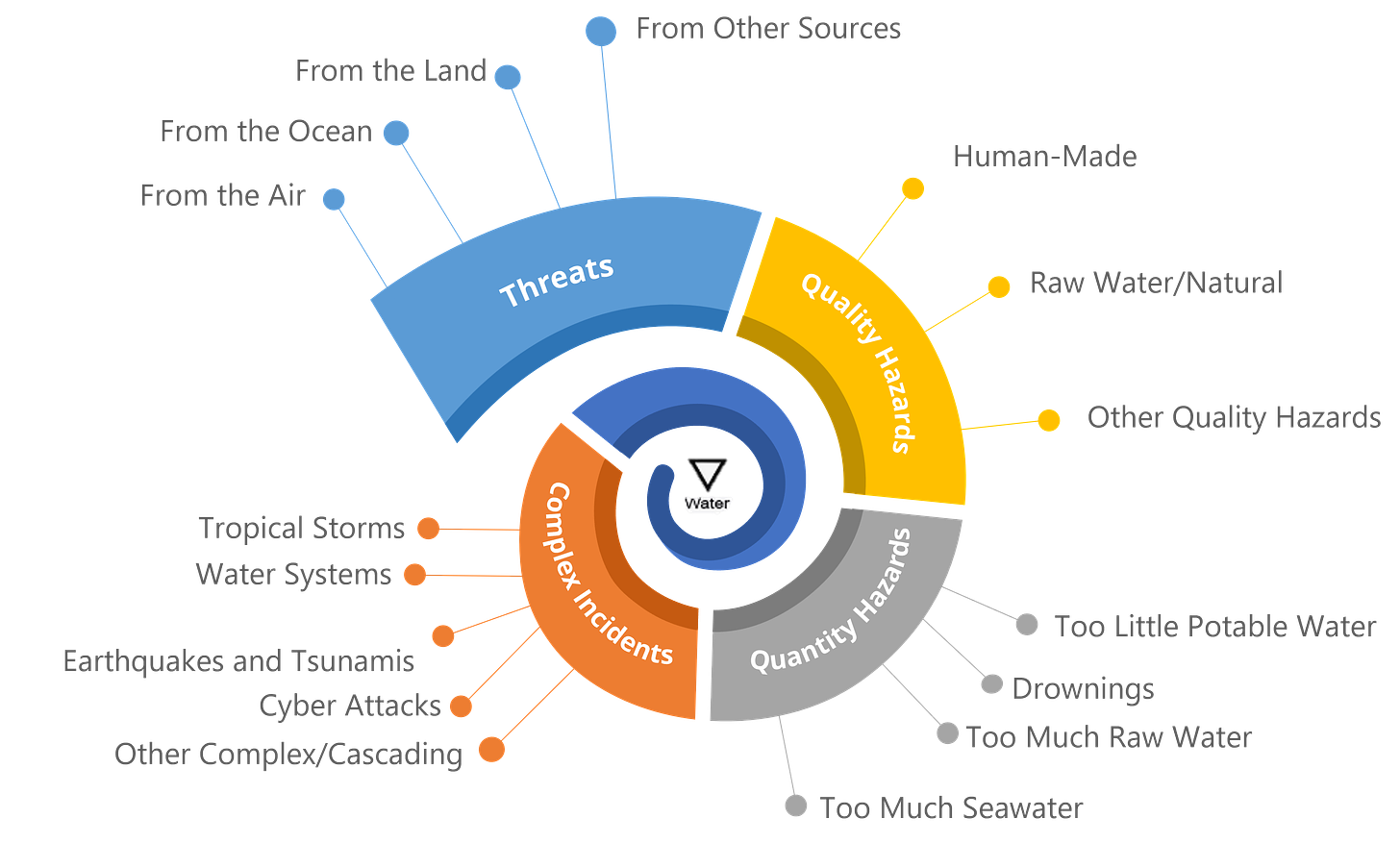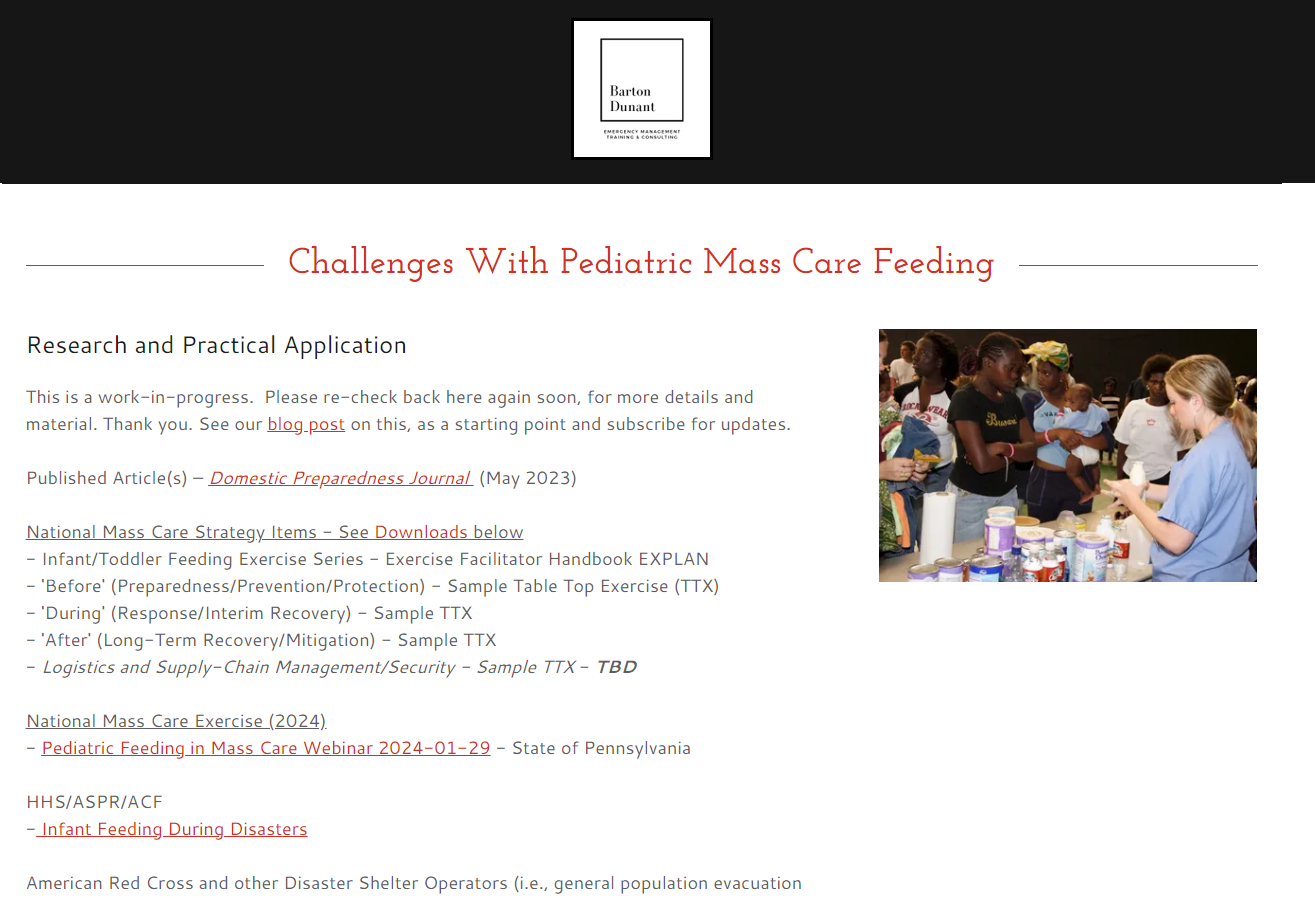Leap Day

February 29th – What will you do with an extra day this year?
2024 is a leap year, so there is an extra day this month, which comes around every four years. Here are some ideas for Emergency Managers, to help increase your full-cycle EMINT.
Check your Mental Health and Wellness
Take this extra day to do your own inventory on mental health and wellness. And this is for both you and your organization. Emergency Managers are subjected to incident stress and trauma, too. Find out what resources are available to emergency services folks – and then see if they are also available to you and your EM team. And check in on dispatchers, finance/admin folks, etc. – just because someone is not ‘on-scene’, does not mean they are immune to the adverse impacts of the incidents, especially over time. See how the POETE process is applied internally for aspects of critical incident stress management (CISM), and make sure it is baked into the ‘Planning P’: CISM needs to be managed before, during and after – and throughout the ‘Operational O’ - and not just a checklist box for demobilization. Know that there is a new nationwide short code number – 988 – for people in crisis or distress. It is available in both English and Spanish.

Check your Community Planning for Evacuations for People with DAFN
Take a detailed look at all the deliberative plans you have across the disaster phase cycle (your community has more than just an emergency response plan, right?) and see how people with disabilities, and access/functional needs (DAFN) are integrated in – baked in – to all your planning elements. This spans the Emergency Support Functions, Recovery Support Functions and Community Lifelines. Supporting a sense of belonging for people with DAFN is the first step towards inclusion, diversity, equity, and accessibility, in Emergency Management. In other words, doing right by the all the folks in our community. Look at your fire prevention programs – do you have a cache of smoke alarms for people who are deaf/hard of hearing? Do your crisis communications messaging templates support the other languages found in your community? Do you re-route accessible commuter buses to shelter sites, so that people at shelters can get to work, medical appointments, etc.?
Check your own Family’s POETE
What are your plans, organization, equipment, training, and exercises to evacuate your home, your town, your state? Have they been evaluated and updated? I have grown kids now (and as you may know a granddaughter now, too) – so we had a set of plans which we communicated to them when they were much younger and we would be involved in their evacuation if it were to happen (turns out only my wife and I had to practice part of that plan in real life, when we both were working in NYC, during 9/11). The lamppost in our front yard is still meeting place number 1 (for the home fire hazard, for example). And now that one daughter lives in another county in our state, her home is meeting place number 2 (for when our hometown goes sour). We still have an aunt who lives in the next state over, so that is meeting place number 3, but her phone number has changed over the years, and I do not know if both my kids have it in their cell phones (or her actual address, for that matter). Those are the types of essential elements of intelligence I am thinking are worth discussing, even table-topping, on Leap Day.
And when was the last time you swapped out your home fire extinguishers? The National Fire Protection Association (NFPA) recommends that disposable fire extinguishers (probably the kind you have in your own home, rather than the rechargeable ones at commercial sites) be replaced every 12 years. Or once every three leap days.
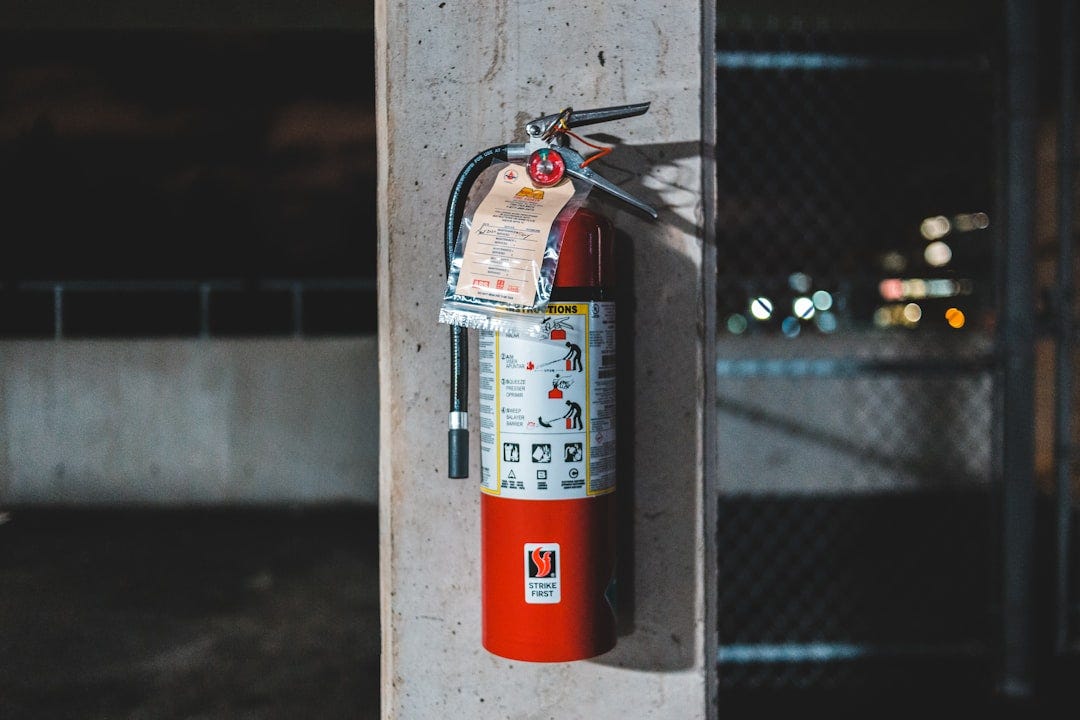
Check out the CEMIR’s Website.
This could take 15 minutes or use up the entire leap day to do. Your call. We think there are some valuable reminders, links, articles, concepts, dashboards, etc. which will help you, as an Emergency Management practitioner. And if you are an Emergency Management studies student, instructor, or researcher – there is stuff for you, too. And everyone can help ‘curate’ this Intelligence, for the benefit of other pracademics (practitioner-academics).
Help us Promote the Concept of EMINT
This will take more than a leap day, but you could start to formulate your plan to help promote the concept of Emergency Management Intelligence (EMINT) within and beyond your organization. Share the CEMIR.ORG website with others and subscribe to the CEMIR blog, in addition to this EMN one (Reach). Help us find some money! We are seeking more funders to cover expenses, become a 501(c)3 non-profit organization, find an academic home at a college or university, and eventually start a new online open-access journal (Act). Change your own organization’s use of the Incident Command System to include an intelligence branch (Convert). And finally, connect with us on the web, social media, at conferences, and help write/research content which can expand the CEMIR library (Engage).
The new book Emergency Management Threats and Hazards: Water is coming along. We have expanded the outline for anyone to see how the flow will be organized (see above). Some of the chapters have been reviewed by Emergency Management professionals – and we welcome others to do the same. You can find the outline here.
And you can sign-up to get updates on the book, as it gets nearer to publication, etc.
The work by the CEMIR - and founding support partner Barton Dunant – on pediatric feeding concerns in disasters, is also moving forward. There is now an exercise guide and three tabletop exercise templates available, along with video recordings of several of the presentations, out at https://bartondunant.com/pediatric-feeding. This pro bono work will be part of the National Mass Care Exercise, being held in Shippensburg, Pennsylvania on May 21-23, 2024. Learn more about that exercise at www.dhs.pa.gov/masscare




